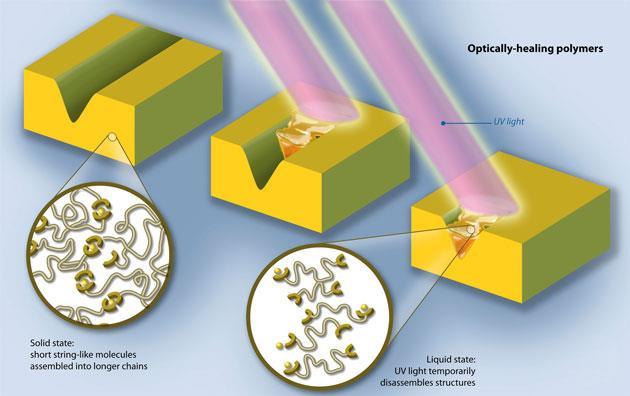
Efforts to create a working “invisibility cloak” have generally involved the use of artificial materials with a negative refractive index known as metamaterials.
Another promising technique involves the use of a natural crystal called calcite that boasts an optical property known as birefringence, or double-refraction. While both methods have proven successful in rendering very small objects invisible in specific wavelengths of light by bending and channeling light around them, both techniques require the “cloak” to be orders of magnitude larger than the object being concealed. Researchers are now reporting progress in overcoming this size limitation using a technology known as a “carpet cloak.”
The carpet cloak technology developed by an international team of physicists from the Technical University of Denmark (DTU), the University of Birmingham, UK, and Imperial College London (which is the same team responsible for the calcite-based invisibility cloak) doesn’t refer to a cloak that can conceal fabric floor covering, but technology that can conceal a much larger area than other cloaking techniques of comparable size. Metamaterials are once again central to the technology, but the researchers have employed a new grating structure that consists of a series of slits or openings that redirect a beam of light.
The cloaking material, which is highly anisotropic – meaning it has different physical properties along different axes – was created using semiconductor manufacturing techniques that involve patterning the top silicon layer of a silicon on insulator (SOI) wafer with nanogratings of an appropriate size and structure, referred to as the filling factor, which determines the wavelengths of light that are affected.
“This leads to a cloak only a few times larger than the cloaked object,” says Jingjing Zhang, a postdoctoral researcher at DTU’s Fotonik Department of Photonics Engineering and Structured Electromagnetic Materials. “The cloak parameters can be tweaked by tuning the filling factor and the orientation of the layers. Therefore, layered materials bypass the limitation of natural materials at hand and give us extra freedom to design the devices as desired.”









